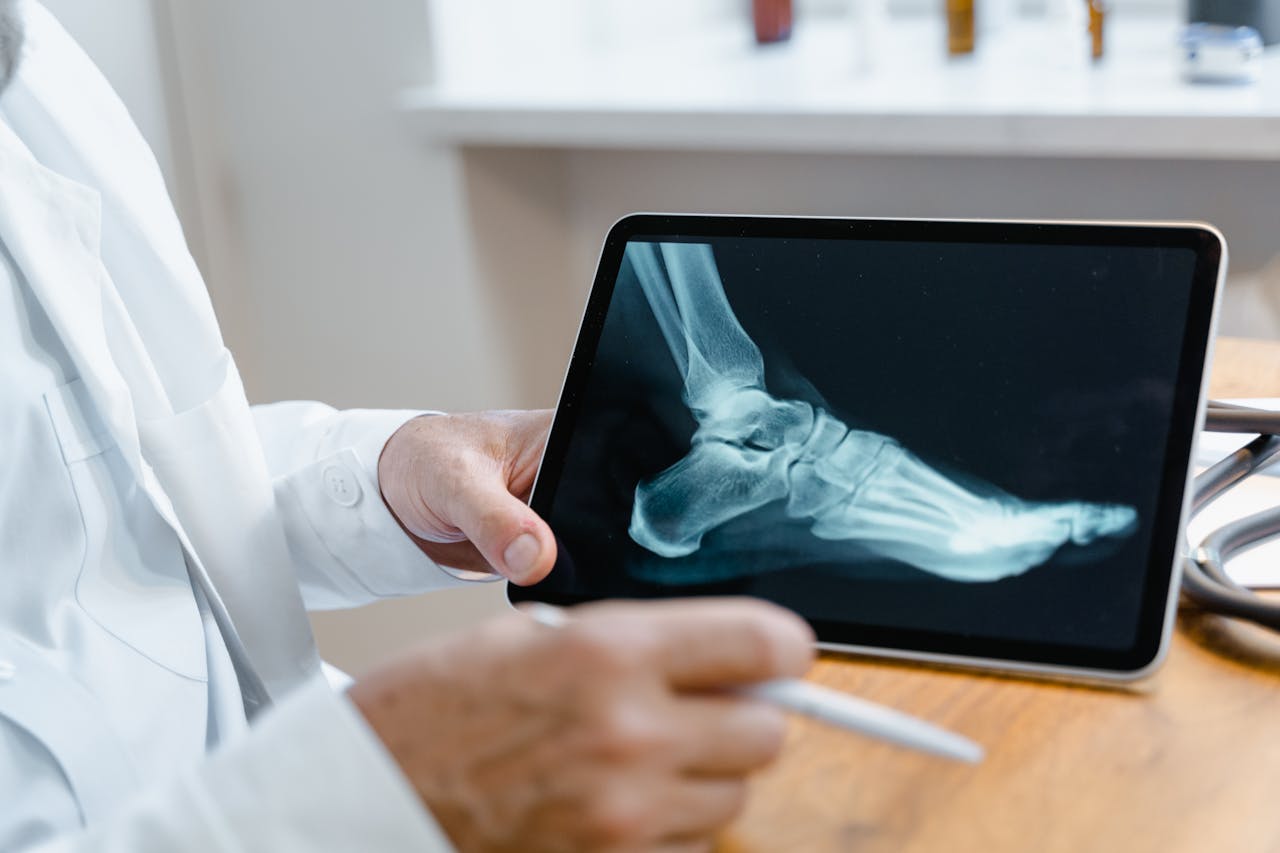Public relations plays a vital role in reducing health disparities by promoting technological solutions that increase access to quality healthcare for underserved communities. Through strategic communication and partnerships, PR professionals connect life-changing innovations with the populations who need them most. The intersection of PR, health technology, and social equity represents a powerful opportunity to address long-standing healthcare gaps that disproportionately affect minority, rural, and low-income communities. This comprehensive guide examines how PR teams can effectively highlight tech solutions, build meaningful nonprofit partnerships, and advocate for systemic change to create a more equitable healthcare landscape.
PR Overview
Understanding Health Disparities and the Role of Technology
Healthcare disparities persist across racial, geographic, and socioeconomic lines, with minority and low-income populations experiencing higher rates of chronic disease and reduced access to preventive care. According to the CDC, Black Americans are 30% more likely to die from heart disease than non-Hispanic whites, while rural Americans are 40% more likely to die from preventable causes compared to urban residents. Technology offers promising solutions to bridge these gaps through telehealth, remote monitoring, and AI-powered diagnostic tools.
PR professionals must understand both the scope of these disparities and the potential of technological interventions to address them. This knowledge allows teams to craft authentic messages that resonate with affected communities while accurately representing the capabilities and limitations of available solutions.
Highlighting Tech Innovations for Underserved Communities
Identifying High-Impact Solutions
PR teams should focus on technologies that directly address known barriers to care. Telehealth platforms that work on basic smartphones, multilingual health apps, and low-bandwidth solutions for rural areas demonstrate particular promise. According to the American Medical Association, 85% of physicians believe increased digital health adoption would improve care access for underserved populations.
Creating Accessible Content
When promoting health tech innovations, PR materials must be clear, culturally sensitive, and available in multiple formats. This includes:
- Plain language explanations of complex features
- Video demonstrations with closed captions
- Translated materials for non-English speakers
- Print alternatives for areas with limited internet access
Measuring and Communicating Impact
Data tells powerful stories about technology’s role in reducing disparities. PR campaigns should highlight concrete metrics such as:
- Number of patients served in previously underserved areas
- Reduction in wait times for specialty care
- Improved health outcomes in target populations
- Cost savings for patients and healthcare systems
Building Effective Nonprofit Partnerships
Identifying Strategic Partners
Successful PR campaigns often involve collaboration with nonprofits that have established relationships with underserved communities. Research shows that messages delivered through trusted community organizations achieve higher engagement rates and better outcomes.
Developing Joint Initiatives
PR teams and nonprofits can work together to:
- Create educational programs about new health technologies
- Host community forums to gather feedback
- Develop targeted outreach campaigns
- Share resources and expertise
Maintaining Long-term Relationships
Sustainable partnerships require ongoing communication and mutual benefit. Regular check-ins, shared goal-setting, and transparent reporting help maintain productive collaborations over time.
Advocacy Through Strategic Communication
Shaping Policy Discussions
PR professionals can influence healthcare policy by:
- Amplifying research on health disparities
- Sharing success stories from tech implementations
- Supporting calls for increased funding
- Highlighting gaps in current coverage
Building Public Awareness
Educational campaigns should focus on:
- Explaining complex health issues in accessible terms
- Demonstrating technology’s role in improving care
- Addressing common misconceptions
- Sharing patient testimonials
Engaging Healthcare Providers
Provider buy-in is essential for successful technology adoption. PR strategies should:
- Feature clinician perspectives and experiences
- Address workflow concerns
- Highlight efficiency improvements
- Share best practices for implementation
Data-Driven Campaign Development
Using Analytics to Guide Strategy
Modern PR campaigns rely on data to:
- Identify target audiences
- Track message effectiveness
- Measure community engagement
- Adjust tactics based on results
Addressing Digital Divides
PR teams must acknowledge and address technology access gaps:
- 19% of Americans lack broadband internet access
- 27% of rural residents have no smartphone
- 40% of seniors report difficulty using digital health tools
Crisis Communication and Misinformation Management
Responding to Health Technology Concerns
PR teams should:
- Monitor social media for emerging issues
- Provide rapid, factual responses
- Maintain transparency about challenges
- Partner with trusted voices to share accurate information
Building Trust Through Transparency
Clear communication about both benefits and limitations helps maintain credibility. This includes discussing:
- Privacy protections
- Technical requirements
- Cost considerations
- Implementation challenges
Conclusion
PR professionals hold significant responsibility in promoting health equity through technology. Success requires careful attention to community needs, strong nonprofit partnerships, and data-driven strategies. By highlighting effective solutions, building trust, and advocating for systemic change, PR teams can help reduce healthcare disparities and improve outcomes for underserved populations.
Next steps for PR professionals include:
- Assessing current health disparities in their target communities
- Identifying relevant technology solutions
- Building relationships with local nonprofits
- Developing culturally sensitive communication strategies
- Implementing measurement systems to track impact
- Creating sustainable advocacy programs
Through these efforts, PR can help create a more equitable healthcare system that serves all communities effectively.
Why Your Fintech Brand Can’t Afford to Get Culture Wrong
Financial services have always been about trust, but the rules of earning it have changed. When...
How to Brand Lifestyle Events with Social Responsibility
The pressure to deliver memorable lifestyle events has never been higher, but today's audiences...
Personal Branding for Fitness Trainers That Attracts Clients
The fitness and wellness industry has never been more crowded—or more competitive. As a trainer...




